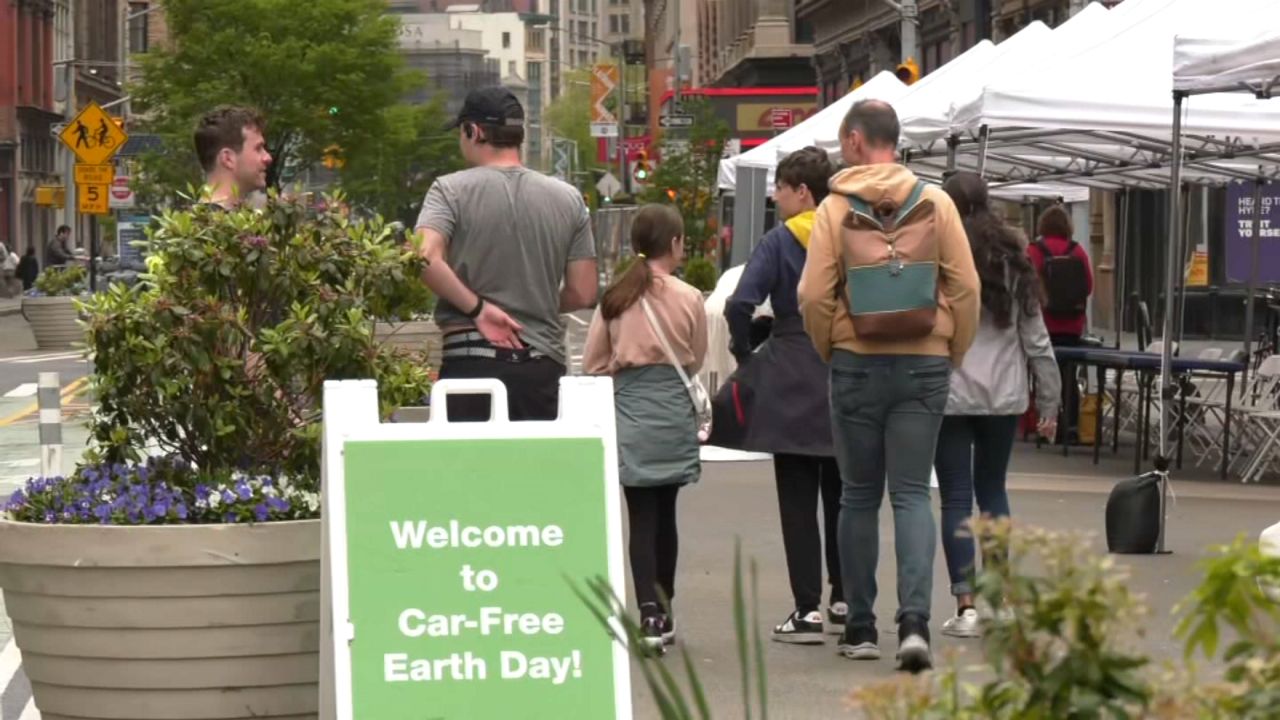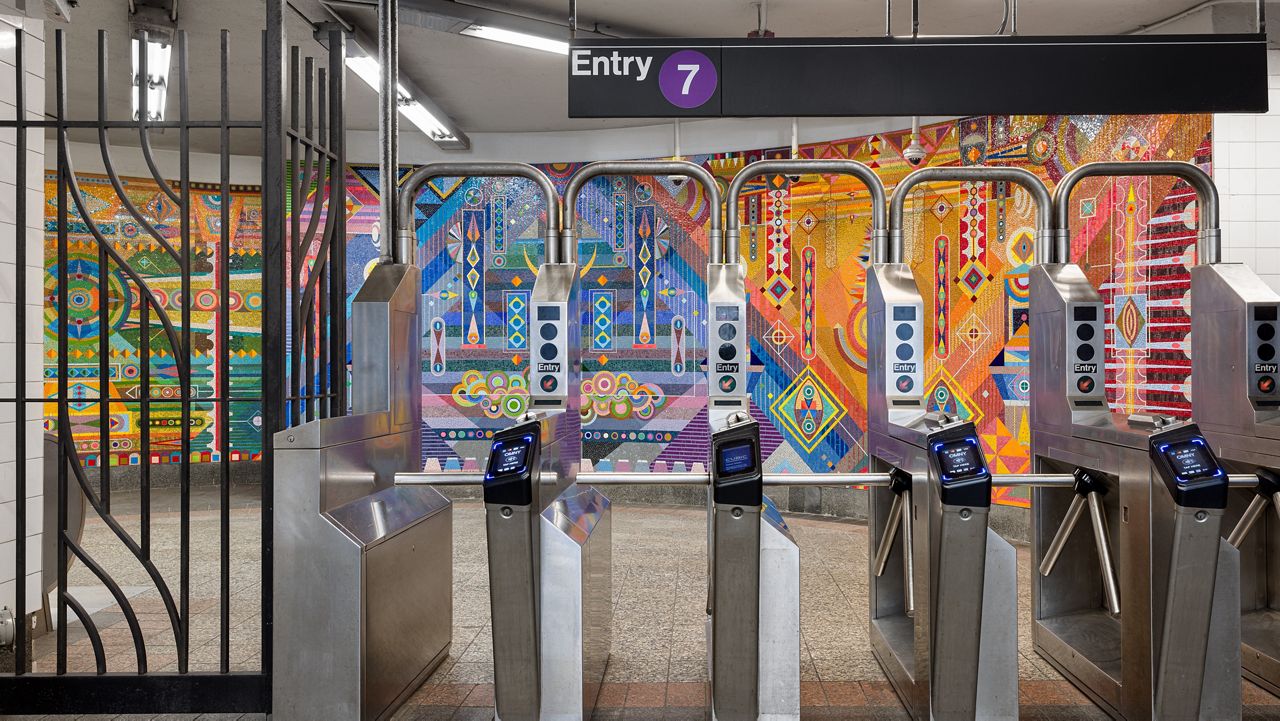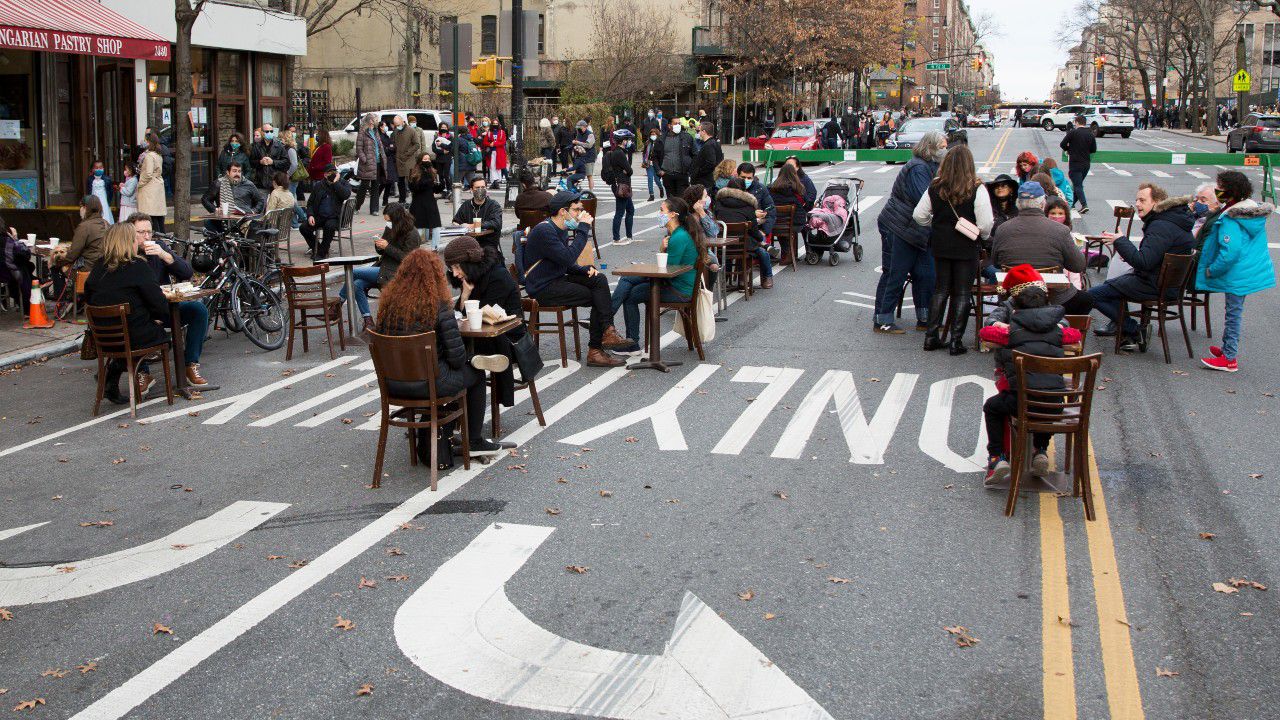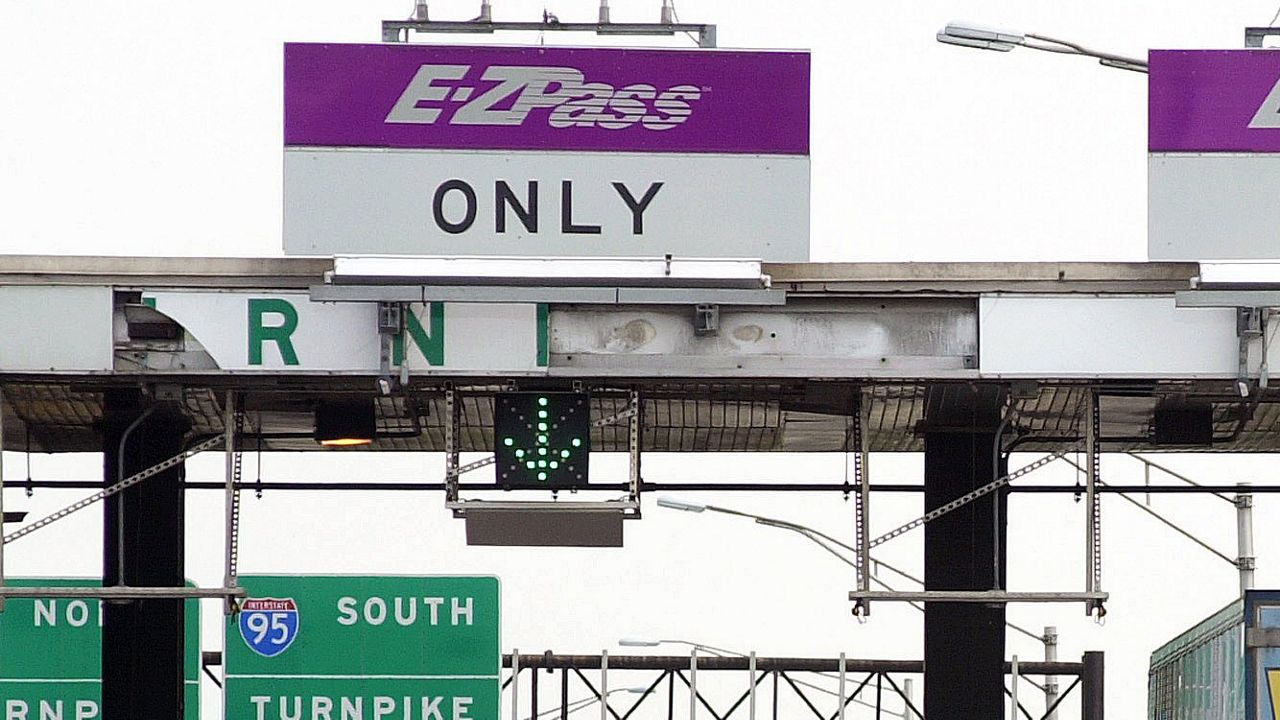The MTA is expanding camera enforcement along 14 bus routes in Brooklyn, the Bronx, Manhattan and Queens, officials said Monday.
The MTA’s Automated Camera Enforcement, or ACE, program expands on the Automated Bus Lane Enforcement, or ABLE, program, New York City Transit Interim President Demetrius Crichlow said at a news briefing.
The ACE program not only targets drivers who are stopped in bus lanes, but also drivers who park or double-park their vehicles illegally along bus routes, or who park illegally at bus stops, Crichlow said.
The ACE program is set to roll out this week, and a 60-day warning period for drivers will begin when it rolls out, NYC Transit Senior Vice President Frank Annicaro said at the news briefing. But no warning period for bus lane violations on routes that already have automated bus lane enforcement.
“We know that camera enforcement is one of the most efficient and effective tools at our disposal,” Annicaro said. “The launch of ACE to enforce bus stops double parking violators is a real game changer for the bus system when it comes to speed, safety, accessibility, emissions and just overall being able to serve our communities.”
City Transportation Commissioner Ydanis Rodriguez said automotive camera enforcement has changed the behaviors of drivers. Only 19% of drivers who received a bus lane violation ticket received a second violation ticket, and only 8% of drivers received three or more violation tickets, Rodriguez said.
“Most people who drive, they respect the law, but there is a percentage of small reckless drivers that they should know that the bus lane is only for our buses,” Rodriguez said at the news briefing.
But it’s not just about speeding up buses — it’s also about equity.
“For me this is personal, because I have been at that bus stop where that bus cannot curb, the bus cannot come to the bus stop, either because there is a double-parked vehicle or someone blocking that, which disables my ability to get on or off that bus,” MTA Chief Accessibility Officer Quemuel Arroyo said at the news briefing.
The MTA says buses with automated enforcement also reduce emissions from about 5% to 10%. And apparently faster buses mean more money for the MTA.
“Three years ago, the Citizens Budget Commission found that merely speeding up buses — 15% would save the MTA $268 million a year,” Danny Pearlstein from Riders Alliance, said at the news briefing.
While there’s automated enforcement on some routes, others have seen members of the NYPD’s Pilot Citywide Bus Lane Enforcement Task Force that launched last year issue tickets during the morning and evening rush.
“They’re very successful. They’ve given out thousands of summonses and made a significant difference and continue to do so,” Annicaro said.
According to Crichlow, the MTA updated their camera technology on the approximately 600 buses along 14 routes that are already equipped. The agency hopes to expand the technology to over 1,000 buses and to a total 32 bus routes by the end of this year, Crichlow said.
“These enforcement initiatives allow us to do a better job in how we take care of our customers, more responsive to our customers,” Crichlow said. “And ultimately, our goal is to be able to get you where you need to (go). You’re going to work, the person to get to the doctor’s office, a person needs to handle that appointment in the city, we want to be able to provide them with the best means of transportation possible.”









